The Man Behind the Myth
Herman Webster Mudgett, better known as Dr. H. H. Holmes, was born on May 16, 1861, in Gilmanton, New Hampshire. From a young age, he displayed a chilling fascination with death, reportedly dissecting animals and showing an unusual interest in skeletons. This macabre curiosity followed him into adulthood, where he pursued a medical education at the University of Michigan, graduating in 1884 despite being an unremarkable student. Holmes funded his studies through early scams, including insurance fraud involving cadavers, a practice that foreshadowed his later crimes. By 1886, he arrived in Chicago under the alias Dr. H. H. Holmes, a name he adopted possibly to evade past accusations of fraud and murder. His charm and intelligence allowed him to blend seamlessly into society, but beneath this facade lay a calculating mind driven by greed and a compulsion for control.
Holmes’ criminal career was as varied as it was sinister. Before his infamous Chicago exploits, he engaged in forgery, horse theft, and bigamous marriages, leaving a trail of deception across multiple states. His ability to reinvent himself made him elusive, but it was in Chicago, during the 1893 World’s Columbian Exposition, that his darkest impulses found their fullest expression. The bustling fair, which drew millions to the city, provided Holmes with a steady stream of potential victims, many of whom were vulnerable women seeking lodging or employment. His knack for exploiting trust, combined with his medical knowledge, made him a uniquely dangerous predator, earning him monikers like the “Beast of Chicago” and the “Torture Doctor.”
The Castle of Horrors
In 1886, Holmes began working at a pharmacy in Chicago’s Englewood neighborhood, eventually taking it over after the owner’s widow mysteriously vanished. Across the street, he acquired a lot and began constructing a three-story building, later dubbed the “Murder Castle.” Designed by Holmes himself, the structure was a labyrinth of over 100 rooms, many windowless, with secret passages, trapdoors, and soundproof chambers. He frequently changed construction crews to prevent any single worker from understanding the building’s true purpose. The ground floor housed storefronts, including Holmes’ pharmacy, while the upper floors were a maze of apartments and rooms rigged with gas lines, allowing him to asphyxiate victims at will. The basement contained a dissection table, a kiln for cremating bodies, and vats of acid for dissolving remains, which Holmes sold to medical schools or disposed of to cover his tracks.
The “Murder Castle” became infamous during the 1893 World’s Fair, as Holmes rented out rooms to unsuspecting visitors. Contrary to sensationalized reports, the building was not a fully operational hotel but a partially completed structure used for long-term rentals and his personal schemes. While Holmes confessed to 27 murders, including some who were later found alive, only nine are confirmed, with estimates ranging from 20 to 200 victims. Among the confirmed victims were Julia Conner and her daughter Pearl, who disappeared in 1891, and Minnie Williams and her sister Nannie, whose burned belongings were later found in the castle. The lack of concrete evidence, due to Holmes’ meticulous disposal methods and a 1895 fire that damaged the building, left many questions unanswered, cementing the castle’s place in true crime lore.
Enduring Mysteries and Legacy
Holmes’ reign of terror ended in November 1894 when he was arrested in Boston for fraud, later linked to the murder of his accomplice Benjamin Pitezel and three of Pitezel’s children. His trial in Philadelphia in 1895 was a media sensation, fueled by his chilling confession: “I was born with the devil in me.” While convicted only for Pitezel’s murder, investigations in Chicago uncovered grim evidence in the castle, including human remains and personal items, though not enough to secure additional convictions. The fire that ravaged the building in August 1895, combined with Holmes’ execution on May 7, 1896, left many mysteries unresolved. The true number of his victims remains unknown, with some estimates inflated by yellow journalism, as noted by historian Adam Selzer in his book H. H. Holmes: The True History of the White City Devil.
The legacy of H. H. Holmes endures through books, documentaries, and even modern attractions like the Holmes Hotel at Movieland Studios in Lazise, Italy, a horror-themed walkthrough inspired by his crimes. Theories persist, including debunked claims that Holmes was Jack the Ripper or faked his execution, the latter disproven by a 2017 exhumation confirming his remains. The site of the Murder Castle, now occupied by a U.S. Postal Service building, remains a point of fascination for true crime enthusiasts. Visitors to Chicago can explore Englewood’s history through local tours, such as those offered by Mysterious Chicago, which delve into the city’s darker past. Holmes’ story continues to captivate, not just for its horror but for the unanswered questions that linger, making it a cornerstone of unsolved mysteries.

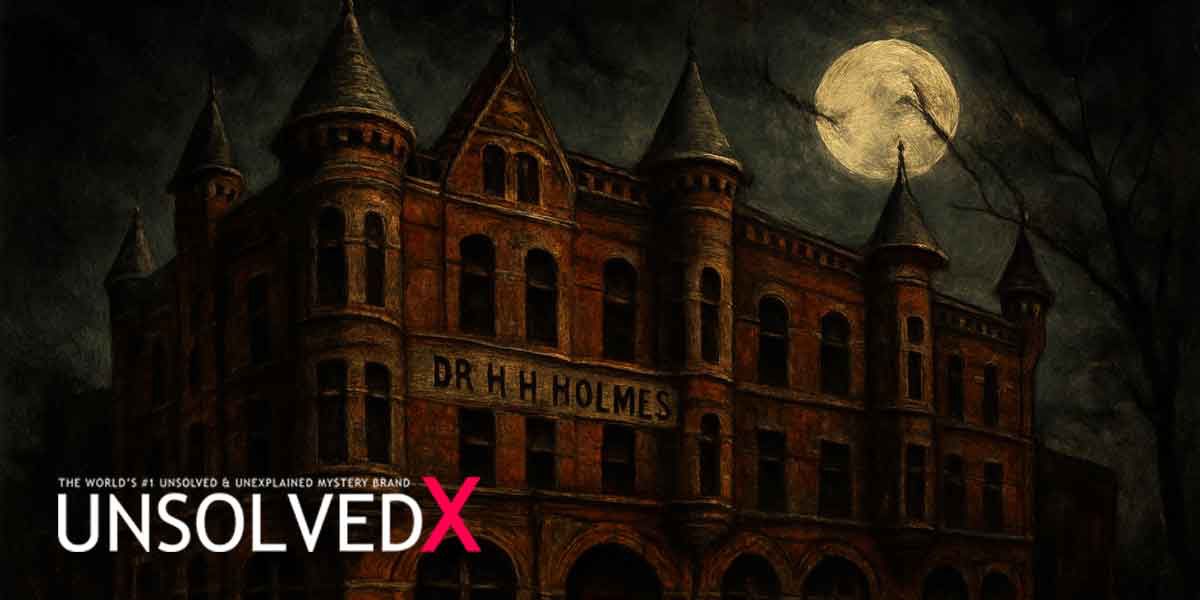

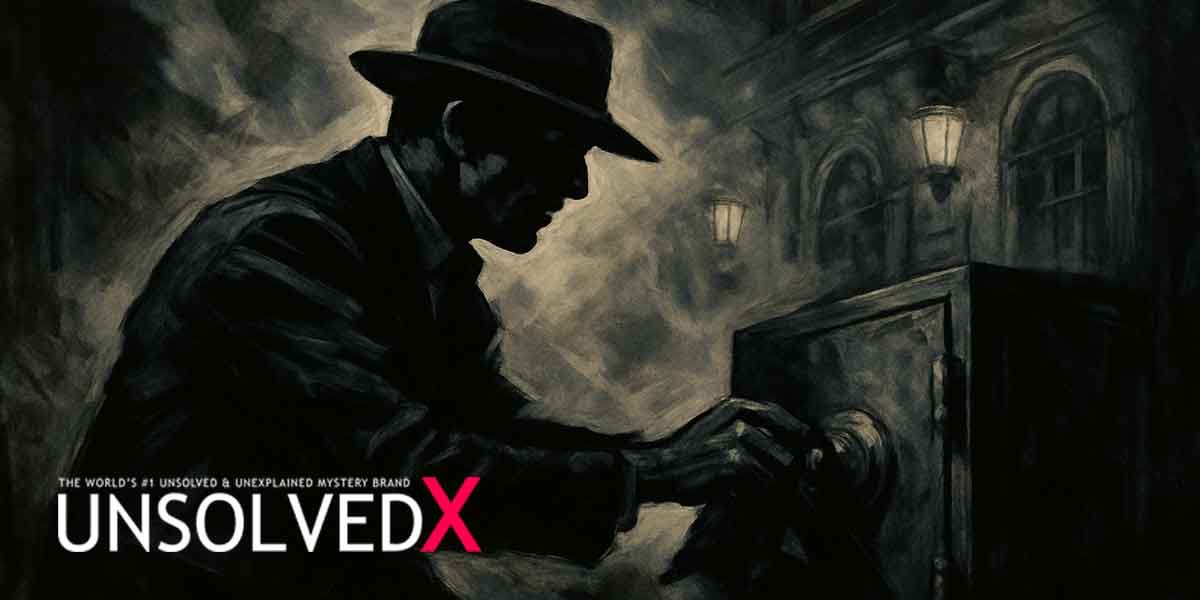
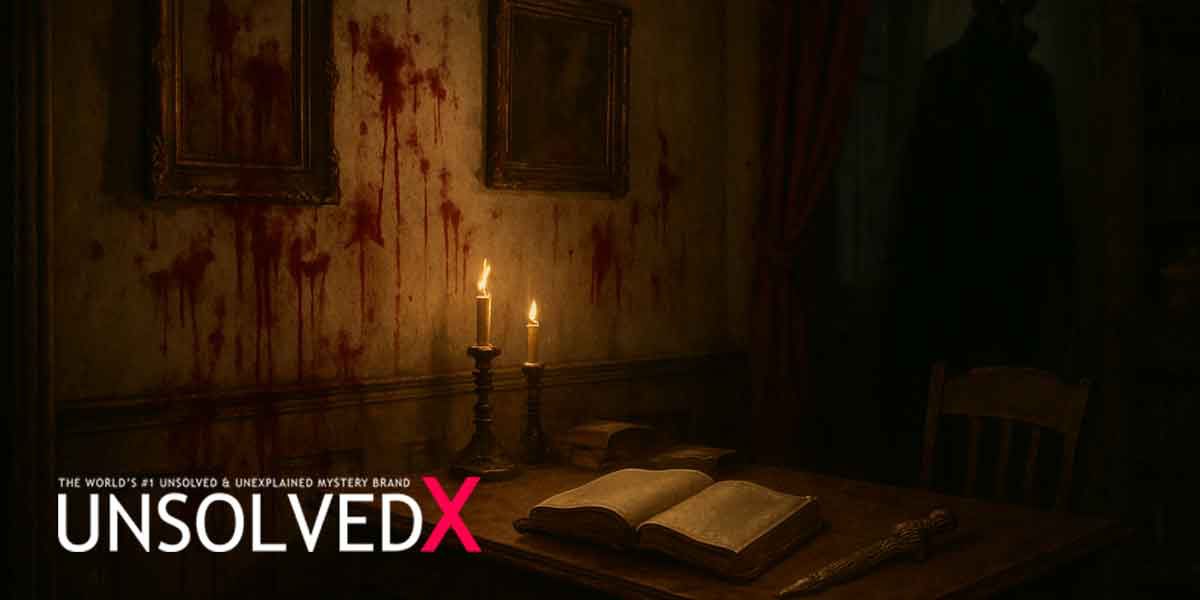
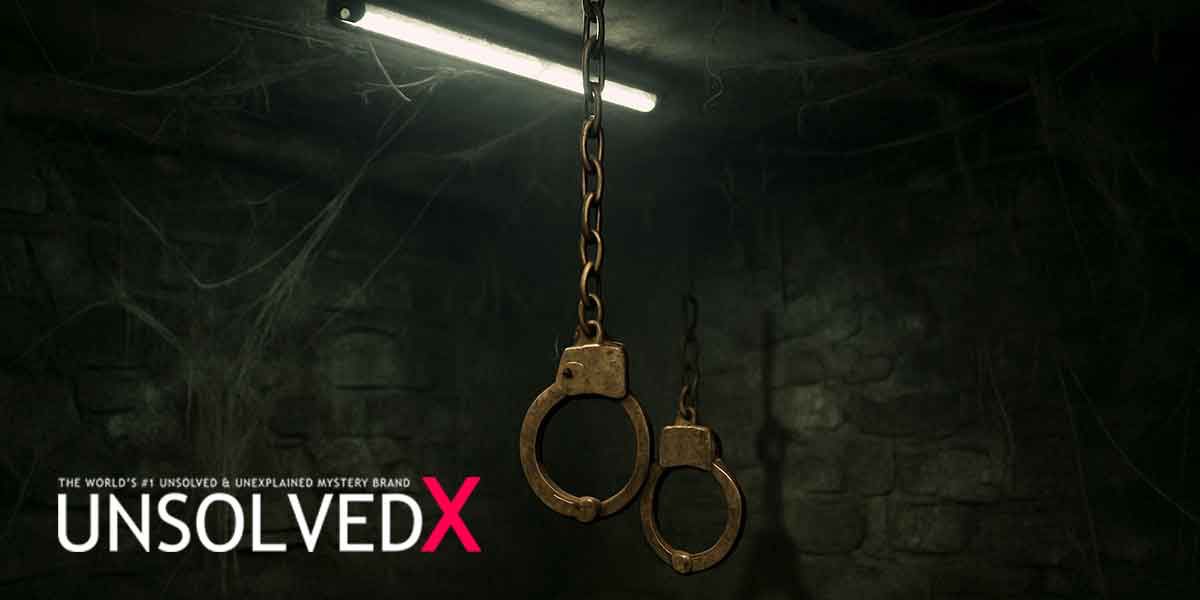
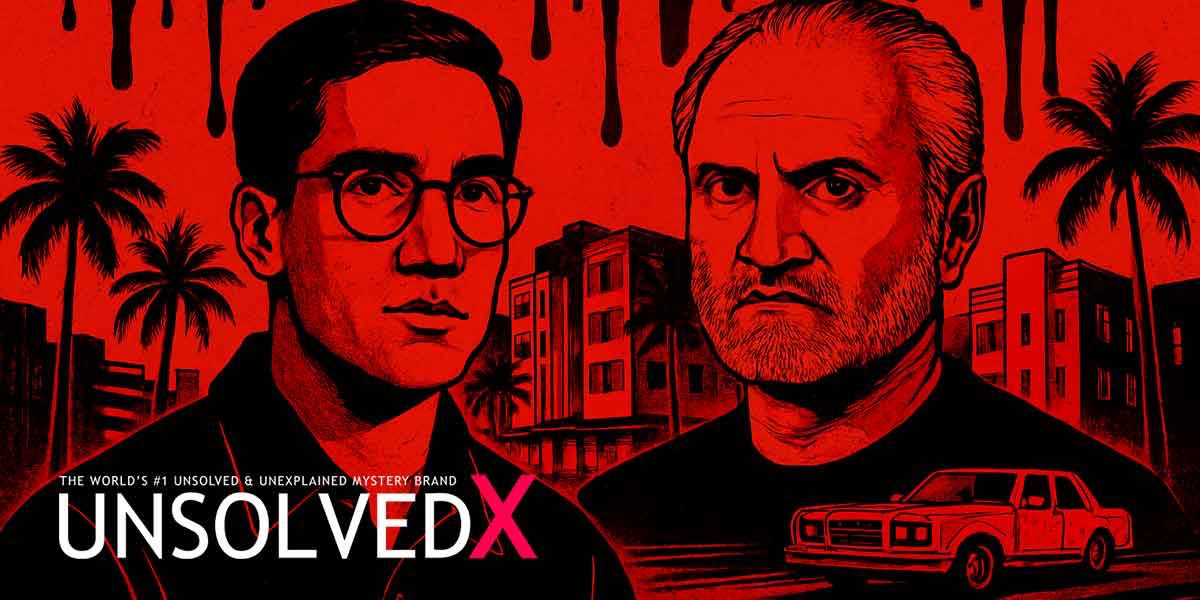


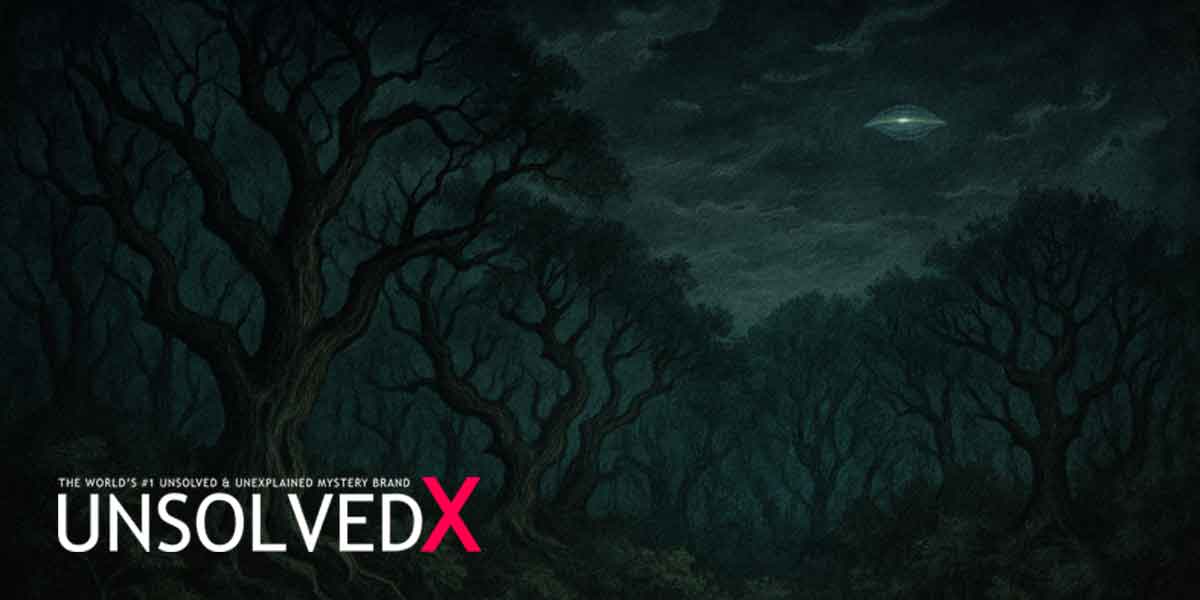
Comments
Comments section coming soon!